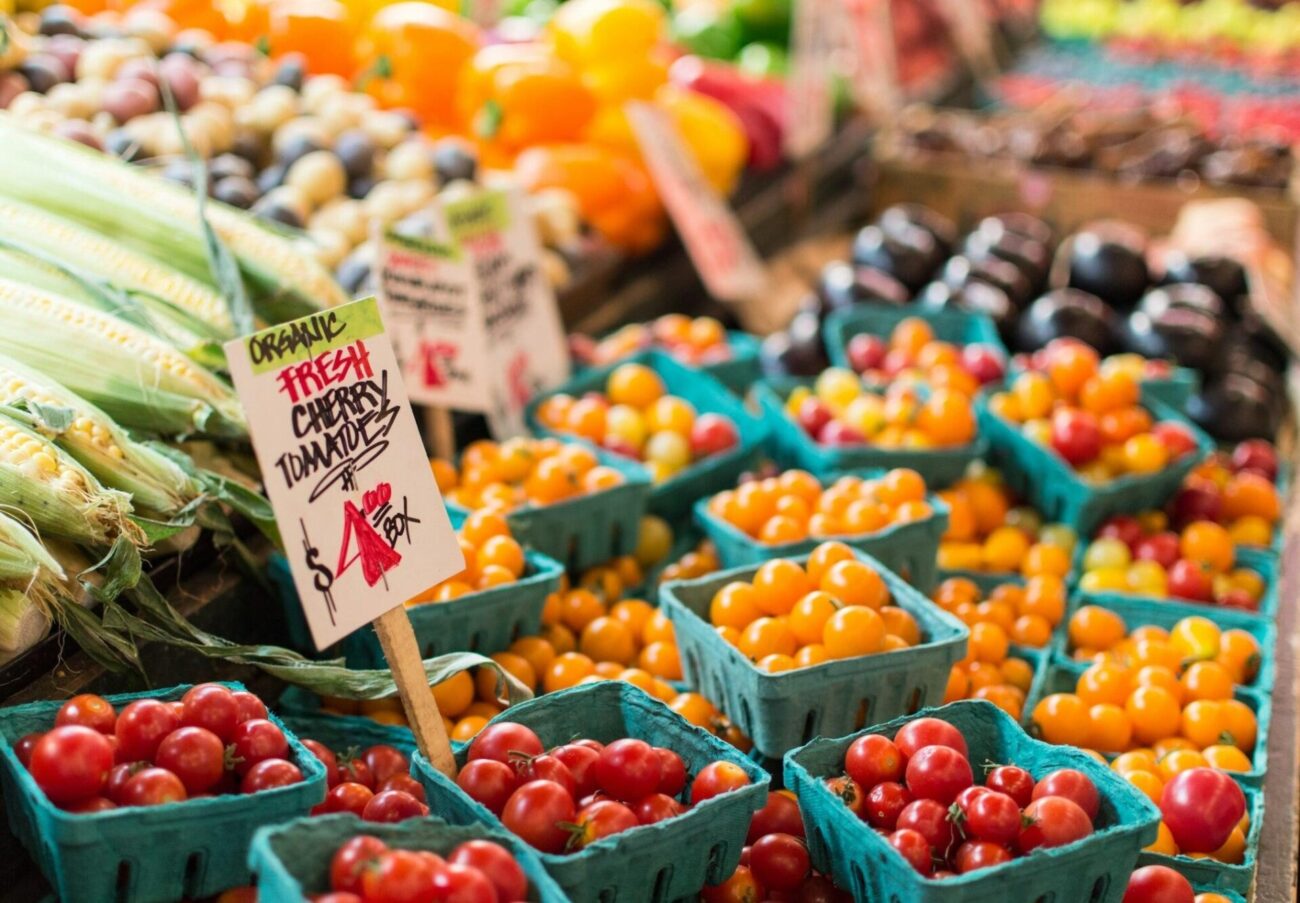In the world of liquid food production—from cold-pressed juices and smoothies to plant-based milks and functional beverages—there’s an inconvenient truth that many manufacturers would rather ignore: you simply cannot transform inferior produce into a superior product. The quality of your finished beverage is inextricably linked to the quality of your raw ingredients, making sourcing decisions among the most critical factors determining your product’s success.
The Foundation of Flavor and Nutrition
When produce goes through the liquid transformation process, whether through juicing, blending, or extraction, every characteristic becomes amplified. A slightly overripe apple that might be acceptable in a fruit salad becomes the dominant off-note in an apple juice blend. Vegetables that have lost their cellular integrity due to poor handling will yield muddy flavors and compromised nutritional profiles that no amount of processing wizardry can restore.
This amplification effect means that liquid products operate on thinner margins for error than their solid counterparts. While a restaurant might be able to mask the shortcomings of mediocre tomatoes with seasoning and cooking techniques, a tomato juice manufacturer has nowhere to hide. The produce speaks for itself, loudly and clearly.
The Nutritional Imperative
Today’s consumers aren’t just seeking convenience—they’re investing in their health. They’re paying premium prices for cold-pressed juices, superfood smoothies, and nutrient-dense plant milks because they believe these products offer superior nutritional value. This expectation creates a non-negotiable standard: if your produce isn’t at peak nutritional density, you’re fundamentally breaking the value proposition that drives your entire market.
Fresh, properly handled produce contains higher levels of vitamins, minerals, antioxidants, and phytonutrients. These compounds are often fragile, degrading rapidly when produce is mishandled, stored improperly, or sourced from depleted soils. When you’re marketing a green juice as a health elixir, using wilted kale and oxidized spinach isn’t just a quality issue—it’s a breach of consumer trust.
The Economics of Quality
While premium produce comes with premium costs, the economics of liquid production actually favor quality sourcing. Poor-quality ingredients lead to higher waste rates, as unusable portions must be discarded during processing. They require more extensive cleaning and preparation, increasing labor costs. Most critically, they result in inconsistent products that require costly reformulation or, worse, batch recalls.
Consider the hidden costs of inferior sourcing: shortened shelf life leads to higher return rates, inconsistent flavor profiles damage brand reputation, and compromised nutritional content invites unfavorable comparisons with competitors. When calculated over the product lifecycle, these costs often exceed the initial savings from cheaper ingredients.
Building Supplier Relationships That Matter
Successful liquid manufacturers understand that sourcing isn’t about finding the lowest bidder—it’s about building partnerships with growers and distributors who share your commitment to quality. This means working with suppliers who can provide traceability, demonstrate proper handling protocols, and maintain cold chain integrity from harvest to delivery.
The best relationships often involve direct partnerships with farms, allowing manufacturers to influence growing practices, harvest timing, and post-harvest handling. Some leading juice companies have moved toward exclusive contracts with specific growers, ensuring consistent quality while providing farmers with the stability needed to invest in premium practices.
Seasonal Intelligence and Menu Adaptation
Quality-focused liquid manufacturers embrace seasonality rather than fighting it. They understand that sourcing peak-season produce not only ensures better flavor and nutrition but also typically offers better pricing. This approach requires menu flexibility and consumer education, but it results in products that showcase ingredients at their absolute best.
Smart manufacturers develop relationships with multiple suppliers across different growing regions, allowing them to follow seasonal availability and maintain quality standards year-round. They also create seasonal product lines that celebrate peak ingredients rather than trying to source strawberries in January or tomatoes in March.
The Technology Advantage
Modern liquid manufacturers have access to tools that can help optimize quality sourcing. Brix meters measure sugar content, providing objective data about fruit ripeness and quality. Portable spectrophotometers can analyze nutrient content and detect quality issues that aren’t visible to the naked eye. Cold chain monitoring systems ensure that quality is maintained from supplier to production facility.
However, technology is only as good as the standards it’s applied to. The most sophisticated testing equipment can’t transform poor-quality produce into excellent raw material—it can only help you identify and reject inferior ingredients before they compromise your product.
Consumer Education and Premium Positioning
Perhaps most importantly, manufacturers who prioritize quality sourcing must help consumers understand the difference. This means transparent communication about sourcing practices, seasonal availability, and the true cost of quality. Consumers who understand why your product costs more than the competition’s are more likely to become loyal customers who appreciate the value you deliver.
Quality sourcing becomes a competitive advantage only when it’s effectively communicated and consistently delivered. This requires not just better ingredients, but better storytelling about why those ingredients matter.
The Non-Negotiable Standard
In liquid food production, there are no shortcuts to quality. You cannot blend your way out of poor sourcing decisions, and you cannot process your way to premium nutrition from inferior ingredients. The liquid difference begins and ends with the produce that goes into your products.
For manufacturers serious about building lasting brands in the competitive liquid food space, sourcing the highest quality produce isn’t just important—it’s the foundation upon which everything else is built. In a market where consumers can taste the difference and increasingly demand transparency about ingredients, quality sourcing isn’t negotiable. It’s the price of entry into the premium liquid food market, and the key to long-term success in an increasingly sophisticated marketplace.
